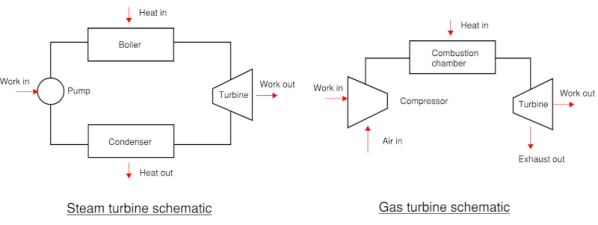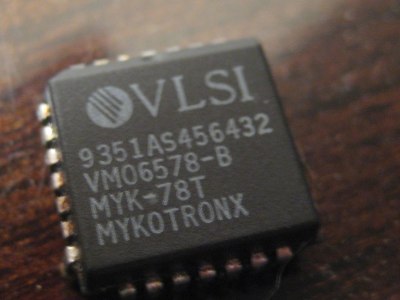It is an interesting fact that the most efficient way to generate electricity — at least so far — is to spin the shaft of a generator. The only real question is how you spin it. Falling water works. Heat from a nuclear reaction is another choice. For many decades, the king of the hill was steam. Now, however, gas turbines rule the electric generator landscape, and [Construction Physics] explains why in a recent post.
With a steam turbine, something burns or otherwise generates heat that boils water. The steam spins the blades, which turns the generator. With a gas turbine, the system compresses air and mixes it with gas. The hot gasses then drive the turbine, which is more efficient than using the combustion to produce steam.
Turns out, the idea for the gas turbine is very old, but material science had to catch up to be practical. Inefficient compressors led to low operating pressures, which was good, in a way, because the materials couldn’t stand the heat and pressure. However, low pressures led to inefficient turbines that were not practical.
The post is long and covers a lot of details about Carnot, Brayton, and Rankine cycles. It is a fascinating read, and we learned a few new things. Bet you will, too.
Turbines are a little like jet engines, but they transfer more power to the turbine blade instead of generating thrust. Turbines show up in odd places today. Some odder than others.


















